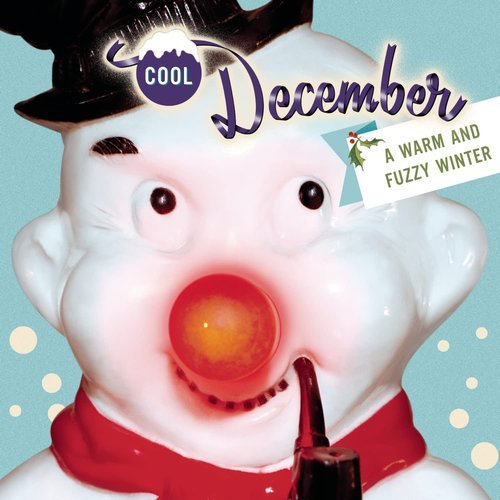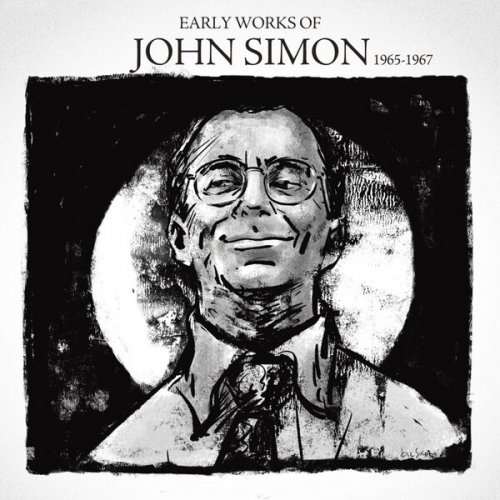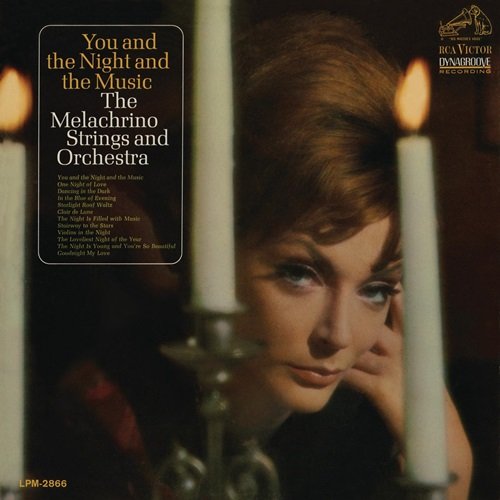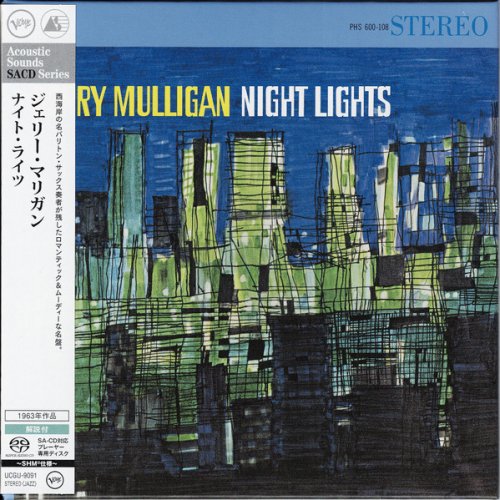The American Boychoir - Messe Basse (2004)
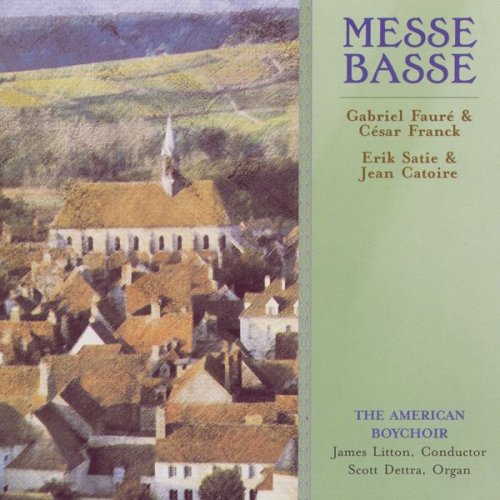
Artist: The American Boychoir
Title: Messe Basse
Year Of Release: 2004
Label: Albemarle Records
Genre: Classical
Quality: FLAC (tracks)
Total Time: 00:56:42
Total Size: 219 MB
WebSite: Album Preview
Tracklist:Title: Messe Basse
Year Of Release: 2004
Label: Albemarle Records
Genre: Classical
Quality: FLAC (tracks)
Total Time: 00:56:42
Total Size: 219 MB
WebSite: Album Preview
Cesar Frank
01. Introit: Immense Coeli - [01:12]
02. Gabriel Fauré
02. Kyrie I - [02:12]
03. Cesar Frank
03. Gloria I - [03:10]
04. Gabriel Fauré
04. Ave Maria - [02:00]
05. Cesar Frank
05. Gradual: Immense Coeli - [01:17]
06. Gabriel Fauré
06. Offetory: Fugue in E minor, Op. 84 No. 6 - [02:45]
07. Sanctus I - [02:07]
08. Benedictus I - [02:12]
09. Cesar Frank
09. Litany: Rorate Coeli - [03:24]
10. Gabriel Fauré
10. Agnus Dei - [02:51]
11. Cesar Frank
11. Consecration: Immense Coeli - [01:17]
12. Gabriel Fauré
12. Communion: Tantum Ergo - [02:41]
13. Fugue in A minor, Op. 84 No. 3 - [03:37]
14. Gabriel Frank
14. Ite Missa I - [00:30]
15. Gabriel Frank
15. Recessional: Immense Coeli - [01:21]
16. Erik Satie
16. Introit - [05:41]
17. Jean Catoire
17. Kyrie II - [01:45]
18. Erik Satie
18. Interlude I - [00:24]
19. Jean Catoire
19. Gloria II - [03:09]
20. Erik Satie
20. Offertory - [03:04]
21. Jean Catoire
21. Sanctus II - [01:03]
22. Erik Satie
22. Interlude II - [00:45]
23. Jean Catoire
23. Benedictus II - [00:40]
24. Erik Satie
24. Interlude III - [00:43]
25. Jean Catoire
25. Agnus Dei I - [01:32]
26. Erik Satie
26. Interlude IV - [00:56]
27. Jean Catoire
27. Agnus Dei II - [01:19]
28. Erik Satie
28. Ite Missa II - [03:05]
This album contains some of the most beautiful Parisian spiritual works written for soprano voices over the past century. It is complemented by the wonderful and almost unknown organ music of Gabriel Faure and Eric Satie. Conducted by James Litton, now honorary music director of the famous American Boys Choir.
This record was of great benefit, as it was created in the Church of St. St. John's in Orange, New Jersey.
Not only is its beautiful acoustics very similar to many larger European parish churches, meeting the requirements of high-pitched voices and a cappella singing as much as possible, but its beautiful organ gives an irreplaceable folk touch to both Fore and Sati.
The 1879 instrument, built by the New England firm E. and GG Hook & Hastings, its distinctive "unmixed" colors, original sound unlike subsequent symphonic instruments, give this organ music a magnificent character.
This record was of great benefit, as it was created in the Church of St. St. John's in Orange, New Jersey.
Not only is its beautiful acoustics very similar to many larger European parish churches, meeting the requirements of high-pitched voices and a cappella singing as much as possible, but its beautiful organ gives an irreplaceable folk touch to both Fore and Sati.
The 1879 instrument, built by the New England firm E. and GG Hook & Hastings, its distinctive "unmixed" colors, original sound unlike subsequent symphonic instruments, give this organ music a magnificent character.


![Murmurosi - Svitanok (2025) [Hi-Res] Murmurosi - Svitanok (2025) [Hi-Res]](https://img.israbox.com/img/2025-12/25/1tsrji7qrpb85qha0oar89rw8.jpg)

